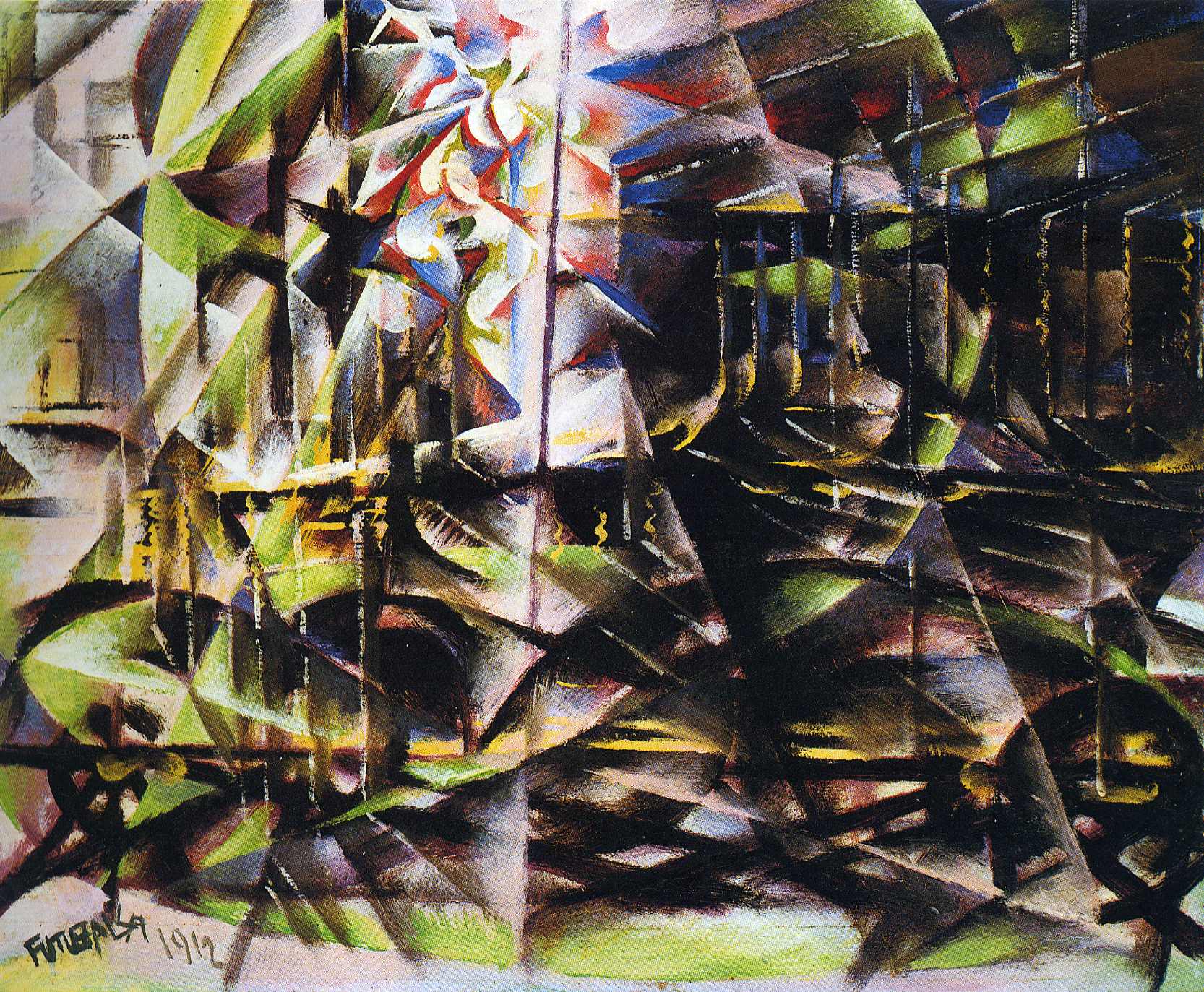Surrealism.
This movement originated in France. The writer Andre Breton was its founder and chief spokesman. He published the 'Manifeste du surrealism in 1924, and this was the official launching of this movement. It has been taking shape for few years before this and the term 'surrealism' had been coined in 1917 by Apollinaire.
Encouraged by many such experiments, Breton defined Surrealism:
SURREALISM, n. Pure psychic automatism, by which it is intended to express, verbally, in writing, or by other means, the real process of thought. Thought's dictation, in the absence of all control exercised by reason and outside all aesthetic or moral preoccupations. (Flanagan, 1962, p.278)
The artists of the surrealism had a fascination with the bizarre, the incongruous, and the irrational. It was closely related to Dada, in fact Dada was the pediment of the Surrealism movement. Both movements were anti-rational and much concerned with creating disturbing and shocking effects. The element which makes these two movements different is that Dada was essentially nihilist while Surrealism was positive in spirit.
The main idea of the Surrealism was to release the creative powers of the unconscious. Breton said,''To resolve the previously contradictory conditions of dream and reality into an absolute reality, a super-reality.'' (Chilvers, 2009, p.611)
Surrealism aimed to create art which was 'automatic', (Little, 2004, p.118) this means that it had emerged directly from the unconscious without being shaped by reason, morality or aesthetic judgements.
A lot of artists from this movement drew liberally on Freud's theories. Sigmund Freud (1900, 1905) emphasized the importance of the unconscious mind, and a primary assumption of Freudian theory is that the unconscious mind governs behaviour to a greater degree than people suspect. Indeed, the goal of psychoanalysis is to make the unconscious conscious.
These artists rejected most accepted truths and conventions considering them as uncreative. Surrealists considered Naturalism and Realism as fundamentally bourgeois, because for them these two artistic movements confused truth with objects and treated both life and art as though they were old furniture.
 |
| 'attempting the impossible', Magritte |
On the other hand Miro's painting contained bio-morphic shaped which could be amoeba, viruses, or thoughts 'glimpsed in the psyche's uncharted synaptic spaces.' (Little, 2004, p.118)
| personage throwing a stone at a bird, Miro |
Chilvers.I, 2009,Dictionary of art and artists,4th edition, New York:Oxford university Press.
Flanagan, G.A.,1962, Understand and Enjoy Modern Art,New York: Thomas Y.Crowell Company.
Gombrich, E.H.,2010, The Story of Art, 16th edition, London: Phaidon Press Limited.
Little,S.,2004, isms understanding art,London:Herbert Press.
Simply Psychology, 2013, Sigmund Freud, [online], Available at: < http://www.simplypsychology.ord/Sigmund-Freud.html >[Accessed 20 November 2014]







